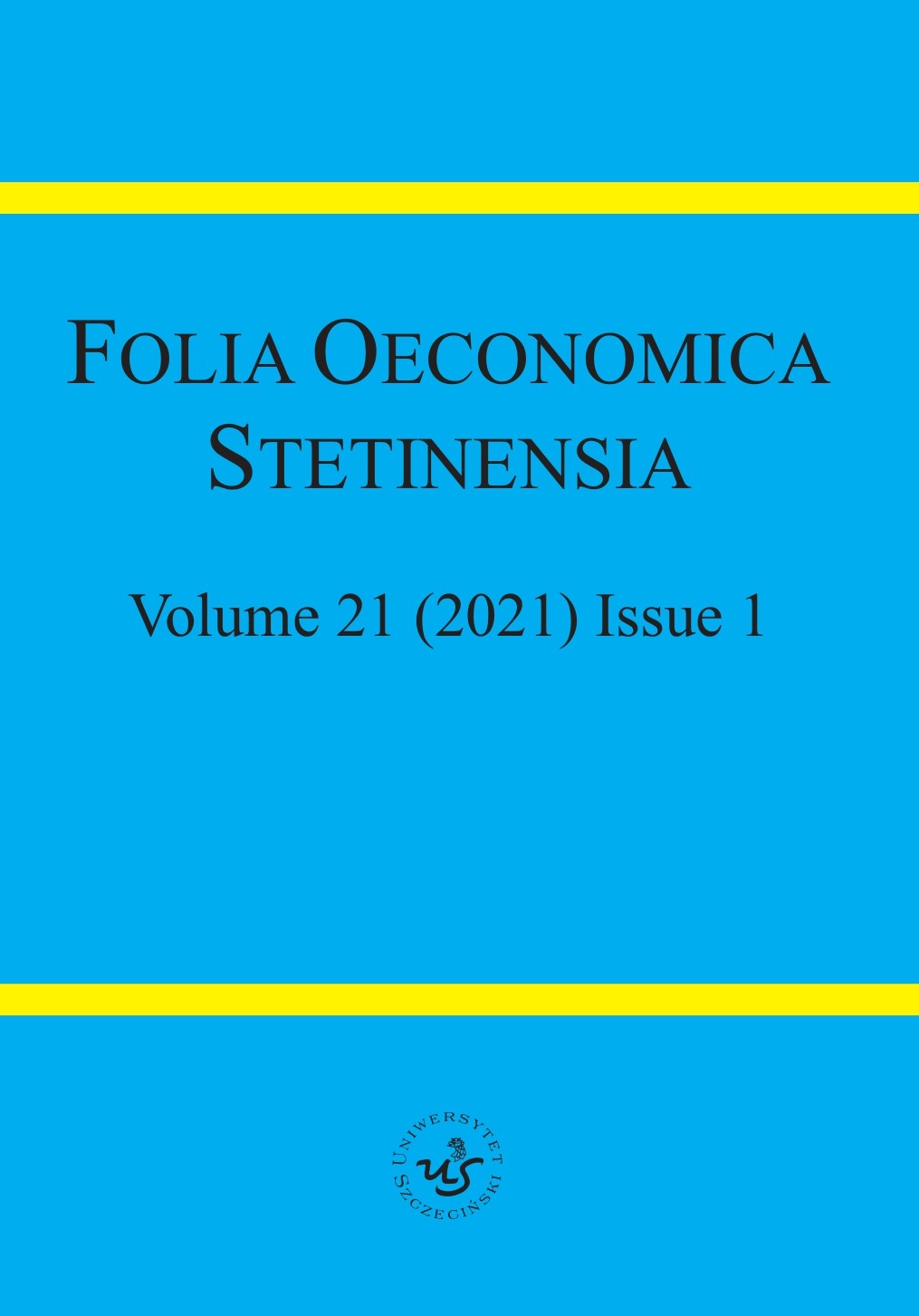A Comparative Analysis of Men and Women’s Hourly Earnings in Poland with Particular Emphasis on the Education Sector
A Comparative Analysis of Men and Women’s Hourly Earnings in Poland with Particular Emphasis on the Education Sector
Author(s): Joanna Małgorzata Landmesser, Marian Rusek, Olga ZajkowskaSubject(s): Economy, Business Economy / Management, Accounting - Business Administration, Human Resources in Economy, Socio-Economic Research
Published by: Wydawnictwo Naukowe Uniwersytetu Szczecińskiego
Keywords: wage gap; differences in distributions; decomposition methods; education sector
Summary/Abstract: Research background: There is the lack of a sector based analysis of wages for different genders. We present such an analysis regarding the education sector in Poland. Purpose: The study aims to compare hourly earnings for men and women in Poland, with particular emphasis on the education sector. We go beyond the simple Oaxaca-Blinder decomposition and compare earnings distributions. Research methodology: First, we examine the hourly earnings inequalities using the Oaxaca-Blinder decomposition procedure. Second, we extend this procedure to different quantile points along the whole earnings distribution by the use of the residual imputation approach. The results are obtained for the whole sample (people of all professions), for a group of teaching professionals, and for university and higher education teachers. Results: The magnitude of the gender hourly wage gap varies substantially depending on how the sample of interest is defined. It also heavily depends on the quantile of the analyzed distribution. Although the average gap in the educational sector is negative, the differences turn positive and increase with higher quantiles of distribution in favor of men. The disparity was most pronounced for university top professionals. Novelty: Our results provide novel insights into the sectoral dimension of the income gap. We analyze inequalities over whole distribution in the educational sector and compare them with wage inequalities in enterprises employing more than 9 people.
Journal: Folia Oeconomica Stetinensia
- Issue Year: 21/2021
- Issue No: 1
- Page Range: 18-30
- Page Count: 13
- Language: English

